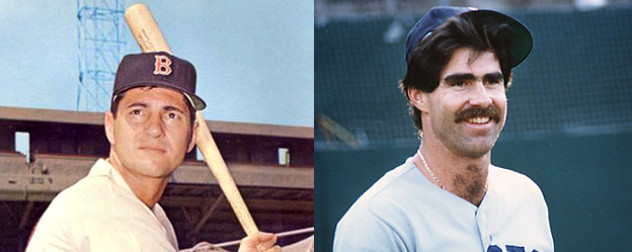
Carl Yastrzemski (left, circa 1966) and Bill Buckner (right, date unknown).
Yastrzemski image courtesy Wikimedia Commons; Buckner photo by Craig Johnson.
Fast-paced sports like basketball, soccer and American football keep us focused on whatever is happening this instant, but leisurely baseball comes wrapped up in memories. This week brought back quite a few of them.
My father, who would have turned 93 on Tuesday, was not a big sports fan. He worked as a grocery clerk six days a week when I was a kid, and he was more interested in attending lodge meetings than ballgames. My best sport as a youngster was bowling, because my father’s Knights of Pythias lodge ran a Sunday morning bowling league for kids. I got to be pretty good.
I did not get into baseball until the summer of 1967, when I was 9 years old. It was our first summer at a new bungalow colony in New York’s Catskills, and I had to fit in with a different bunch of boys from far-off places like Brooklyn. We had a day camp at that bungalow colony, and one day our teenage counselors organized a softball game as our morning activity.
I was playing infield late in the game when I let a ground ball roll between my legs, allowing the other team to score its winning run. I was roundly and immediately scorned by the 9-year-old barbarians from Brooklyn who were on my team. I remember crying all the way home to my bungalow for lunch. The counselors made the barbarians apologize that afternoon, and some of them probably meant it.
Back in the Bronx after Labor Day, I started seriously following big-league baseball. I latched on to the Yankees because they were my mother’s favorite team, but they were dreadful that year; the Mets were worse. But the American League had a magnificent four-team pennant race that the Boston Red Sox won on the last day of the season, led by outfielder Carl Yastrzemski, who sort of won the league’s Triple Crown that year. He sort of won it because, while he was the undisputed league leader in batting average (.326) and runs batted in (121), he tied the Minnesota Twins’ Harmon Killebrew for the lead in home runs (44). The Twins and Detroit Tigers finished one game behind Boston. The Chicago White Sox faded in the last week and finished three games out.
In the World Series that followed, I rooted for the Red Sox, who were seeking their first title since shortly after the Pilgrims disembarked at Plymouth Rock. At 9 years old, I did not know it was practically illegal for a Yankees fan to root for the Red Sox. Besides, it wasn’t such a big deal in New York at the time. The Yankees were only three years removed from being a baseball dynasty, whereas the Red Sox had not won the pennant since 1946, nor a Series since 1918 – when Babe Ruth was still pitching for them.
That World Series proved to be just as spectacular as the AL pennant race had been. The St. Louis Cardinals won it in seven games, with three of their wins coming from Bob Gibson, who may have been the best pitcher ever to throw a baseball. Yastrzemski batted .400 and hit three home runs in Boston’s losing cause. By the time that series ended, I was destined to be a baseball fan for life.
Fast forward to the autumn of 1986. Now an adult and father of a 4-month-old daughter, I was married to a woman who grew up in Queens, home of the Mets. I had moved around the country a lot and, when I’d finally returned to metropolitan New York in 1983, I was agnostic between the two local teams. I was happy to see either succeed, although in a showdown I favored the Yankees. That year, however, the Mets ended up in the World Series – against the Red Sox.
If you are a baseball fan or old enough to remember that year, you probably know what happened. The Red Sox were one strike away from winning the championship in the bottom of the 10th inning in Game 6 when pitcher Bob Stanley uncorked a wild pitch with Mookie Wilson at bat, allowing the Mets to tie the game. Then Wilson hit a soft ground ball to Red Sox first baseman Bill Buckner. Buckner let the ball go through his legs. Ray Knight raced home from second base with the winning run, giving the Mets the game and tying the series, which the Mets won in Game 7.
Even as I cheered with my wife for the Mets, my mind immediately flashed back to that summer day in the Catskills of my childhood. I sympathized with Buckner. Knowing how upset I had been, what must he have been thinking at that moment? There was no bungalow at Shea Stadium to which he could retreat to cry.
But Buckner was a true sportsman and gentleman, as well as a very fine baseball player overall. They had barbarians in Boston too, some of whom went so far as making death threats against him. Many others simply never forgave nor forgot. Buckner never publicly complained, even though that single error is the only thing most people recall about his 22-year big league career, practically the same length as Hall of Famer Yastrzemski’s. Over the course of that career, Buckner amassed more than 2,700 major-league hits, 174 home runs and a .289 batting average. He was the National League batting champion in 1980 with the Chicago Cubs. Hardly anyone remembered that about him.
Buckner died last weekend at the age of 69. The same weekend, a young man named Mike Yastrzemski – Carl’s grandson – got his first major-league hits with the San Francisco Giants. Mike Yastrzemski doesn’t hit like his ancestor; in fairness, hardly anybody does. But when the Giants came to town to play the Miami Marlins this week, I saw young Yastrzemski patrol large swaths of outfield with a smoothness and grace that brought back memories from my childhood.
That’s what baseball does. Other games encourage us to live in the moment. Baseball weaves its past into the present in ways that can make a gray-haired man feel the joys and agonies of a 9-year-old all over again.





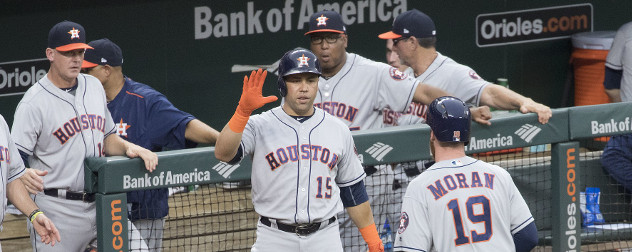
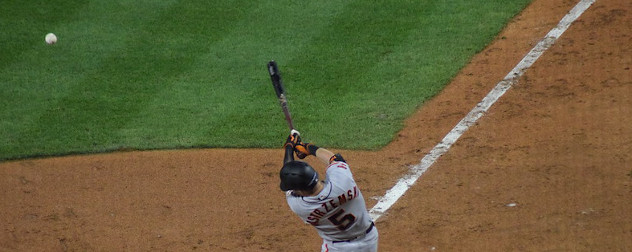
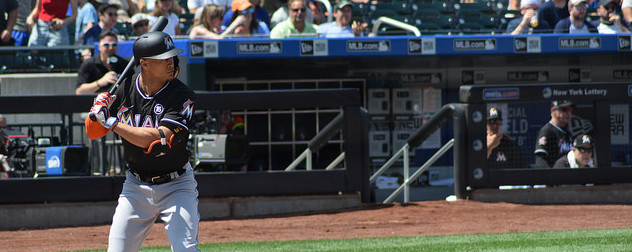
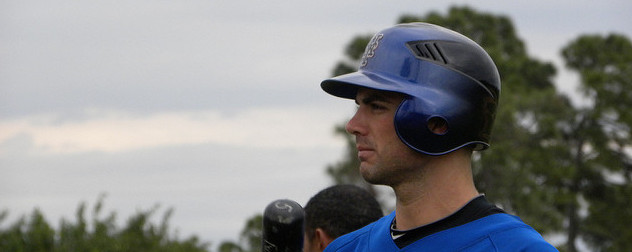

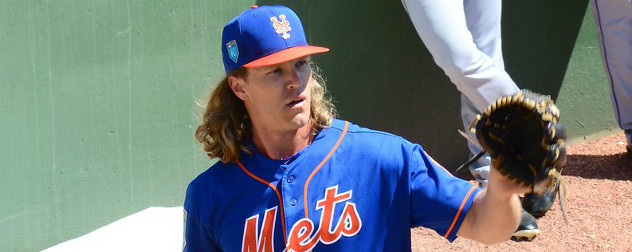



May 31, 2019 - 11:37 am
Nice article!